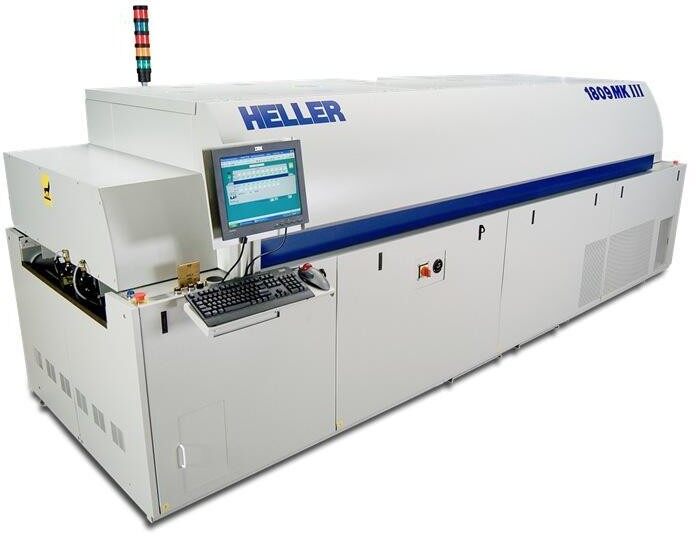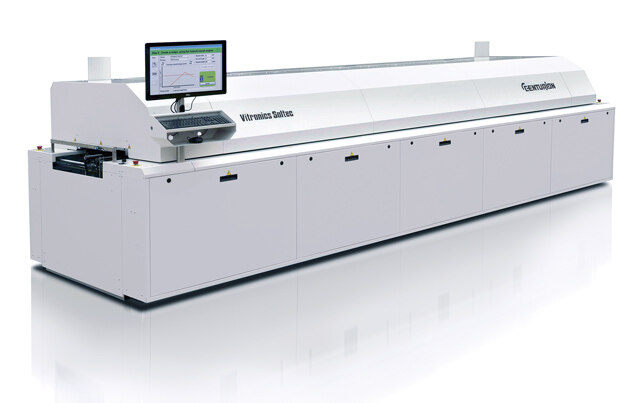Email format error
Email cannot be empty
Email already exists
6-20 characters(letters plus numbers only)
The password is inconsistent
Email format error
Email cannot be empty
Email does not exist
6-20 characters(letters plus numbers only)
The password is inconsistent


A reflow oven is a crucial piece of equipment in surface mount technology (SMT) assembly. It is used to solder surface mount components onto printed circuit boards (PCBs) by subjecting them to controlled heating and cooling cycles. In this comprehensive blog post, we will provide a step-by-step guide on how to make a reflow oven, highlighting the key components and considerations involved in the process.
The first step in making a reflow oven is to design and plan the overall structure and functionality. Consider factors such as the size of the oven, the number of heating zones required, and the type of heating elements to be used. Determine the temperature range and control system needed for precise soldering.
Choose the appropriate heating elements for your reflow oven. Common options include infrared (IR) heaters, convection heaters, or a combination of both. Consider factors such as heating efficiency, temperature uniformity, and power consumption when making your selection.
Construct the oven chamber using suitable materials that can withstand high temperatures. Insulate the chamber to minimize heat loss and ensure temperature stability. Install the heating elements strategically to achieve uniform heating across the PCBs.
Integrate a temperature control system into the reflow oven. This system should accurately monitor and regulate the temperature during the soldering process. Consider using a microcontroller or a programmable logic controller (PLC) for precise temperature control.
Incorporate a conveyor system into the reflow oven to transport the PCBs through the heating zones. The conveyor should be adjustable to accommodate different PCB sizes and ensure consistent and controlled movement during the soldering process.
Integrate an SMT mounter into the reflow oven setup to automate the component placement process. The SMT mounter accurately picks and places surface mount components onto the PCBs, ensuring precise alignment and solder joint quality.
Ensure the reflow oven is equipped with safety features such as temperature sensors, emergency stop buttons, and proper ventilation to prevent overheating and protect operators from potential hazards.
Before using the reflow oven for production, thoroughly test and calibrate the temperature control system to ensure accurate and consistent soldering results. Conduct trial runs with sample PCBs to verify the oven’s performance and make any necessary adjustments.
Conclusion:
Building a reflow oven requires careful planning, selection of appropriate components, and attention to detail. By following this step-by-step guide, you can create a customized reflow oven that meets your specific requirements. Integrating an SMT mounter into the setup further enhances the efficiency and accuracy of the soldering process. Remember to prioritize safety and conduct thorough testing and calibration before using the reflow oven for production.